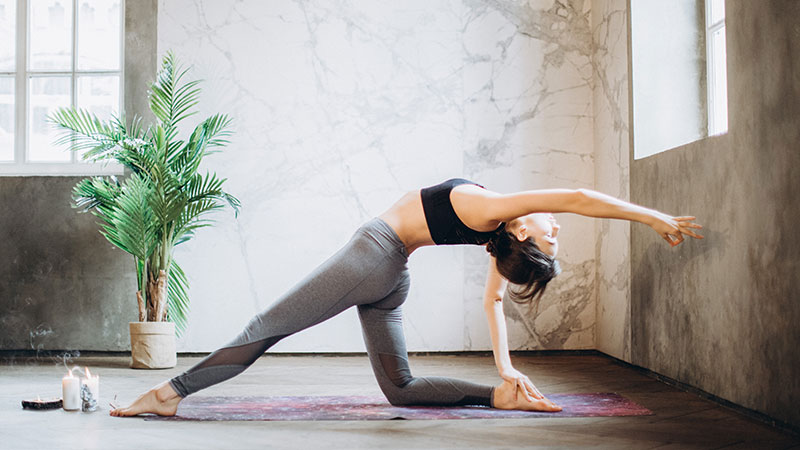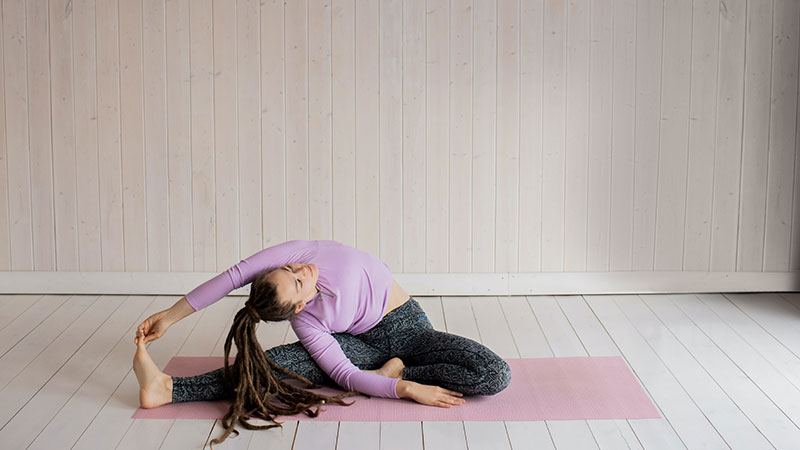Yoga practice has many facets, and the physical practice of yoga poses or asanas is just one of them. But at the same time it is an area in which we like to push ourselves further and where we can see the result of our efforts beautifully, for example when we manage a new and more challenging pose.
Like any physical exercise, however, asana practice can lead to injury. In the vast majority of cases, these are problems caused by prolonged incorrect alignment in asanas, resulting in excessive strain on joints or other parts of the body.
Here are some tips to keep your practice safe:
- Listen to your body. The difficult thing about practicing asanas safely is that only you know your body. You are responsible for your body and you have to decide if that particular position is a safe challenge for you, or if you are already exceeding your limits. The first step is therefore to feel how your body reacts to each asana. You should never feel pain, tingling or numbness. Always start with a simpler version of the pose and then you can try to get into more advanced versions.

- How often do you practice? Although asana practice is often less strenuous than other forms of physical exercise, your body still needs to rest and recover. If you want to devote a little time to yoga every day, try incorporating other practices: yin yoga, restorative yoga, meditation, journaling, or gaining awareness through reading.
- What’s your motivation? Why do you practice asanas? For some of us, getting recognition from our teachers or sharing our progress on social media can be a major source of motivation. If you always want to master the more “advanced” position, ask yourself: where does that come from? These kinds of motivations are much more likely to lead to injury. Instead, try to remember that your practice is your own private affair that should primarily benefit your body and mind.
- Engage the whole body. Even though a pose may seem to focus on a specific part of the body, such as the hip joints, it doesn’t mean you can forget about the rest of the body. Each pose offers an opportunity to involve the whole body. Engage your pelvic floor and core muscles, try to push your shoulders away from your ears and breathe deeply into your abdomen. By engaging your whole body in the pose, you can prevent secondary injuries.

- Don’t extend your joint excessively. This tip applies to all positions in which your limbs are extended, and especially those in which the extended limbs are bearing the weight of your body. For example, when you are folding forward in Prasarita Padottanasana, or when you are practicing balancing poses on your hands, it is a good idea not to stretch your knees and elbows to the limit. In such postures, create a “micro-bend” in the joints – loosen the joint a little and then fix the position of the limb by engaging the surrounding muscles. This prevents excessive pressure on the joints, which can lead to wear and tear.
We hope these tips will help you move forward safely in your practice. Remember – patience is one of the yoga principles you can apply to your physical practice and beyond.
